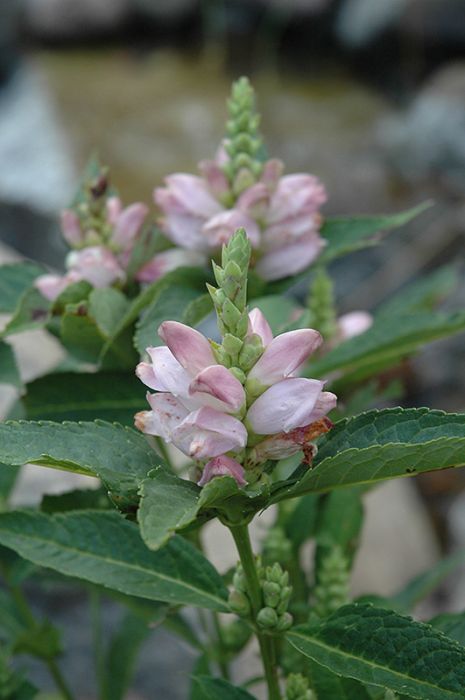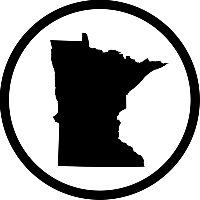Chelone, White Turtlehead 'Minnesota Native'




Out of stock
Coming soon, still growing- Sun Preference
- Full-Sun, Part-Sun
- Bloom Time
- July, August, September
Description
Dense spikes of creamy white flowers atop dark green foliage. Medium to moist soils.
Minnesota's Largest Selection of Perennials
Discover an unparalleled selection of perennials at Gertens! With the largest variety in Minnesota, we offer endless options of colorful perennials, natives, and pollinator plants to beautify your garden year after year. From vibrant flowers to lush foliage, our perennials are perfect for adding beauty and charm to your outdoor space. Visit Gertens today and see why we're known as Minnesota's Destination Garden Center!
Details
White Turtlehead | Chelone glabra
Height: 3 feet
Spread: 30 inches
Sunlight: full sun to partial shade
Hardiness Zone: 3a
Other Names: Shellflower
Description:
The white hooded flowers on this perennial make it a great addition to the garden; thrives in wet or moist areas; attracts butterflies
Ornamental Features
White Turtlehead has masses of beautiful white hooded flowers with shell pink overtones at the ends of the stems from late summer to mid fall, which are most effective when planted in groupings. The flowers are excellent for cutting. Its serrated pointy leaves remain dark green in color throughout the season.
Landscape Attributes
White Turtlehead is a dense herbaceous perennial with an upright spreading habit of growth. Its medium texture blends into the garden, but can always be balanced by a couple of finer or coarser plants for an effective composition.
This plant will require occasional maintenance and upkeep, and is best cleaned up in early spring before it resumes active growth for the season. Gardeners should be aware of the following characteristic(s) that may warrant special consideration;
- Spreading
White Turtlehead is recommended for the following landscape applications;
- Mass Planting
- General Garden Use
- Naturalizing And Woodland Gardens
- Bog Gardens
Planting & Growing
White Turtlehead will grow to be about 3 feet tall at maturity, with a spread of 30 inches. Its foliage tends to remain dense right to the ground, not requiring facer plants in front. It grows at a medium rate, and under ideal conditions can be expected to live for approximately 12 years. As an herbaceous perennial, this plant will usually die back to the crown each winter, and will regrow from the base each spring. Be careful not to disturb the crown in late winter when it may not be readily seen!
This plant does best in full sun to partial shade. It is quite adaptable, prefering to grow in average to wet conditions, and will even tolerate some standing water. It is not particular as to soil pH, but grows best in rich soils. It is somewhat tolerant of urban pollution. Consider applying a thick mulch around the root zone over the growing season to conserve soil moisture. This species is native to parts of North America. It can be propagated by division.
More Information
| Common Family Name | Turtlehead |
|---|---|
| Gerten Grown Plants | Gerten Grown Plants |
| MN Native Plants | MN Native Plants |
| Sun Preference | Full-Sun, Part-Sun |
| Bloom Time | July, August, September |
| Mature Spread (Range) | 24" - 36" |
| Mature Height (Range) | 25" - 36" |
| USDA Hardiness Zone | 3, 4, 5, 6, 7, 8 |


